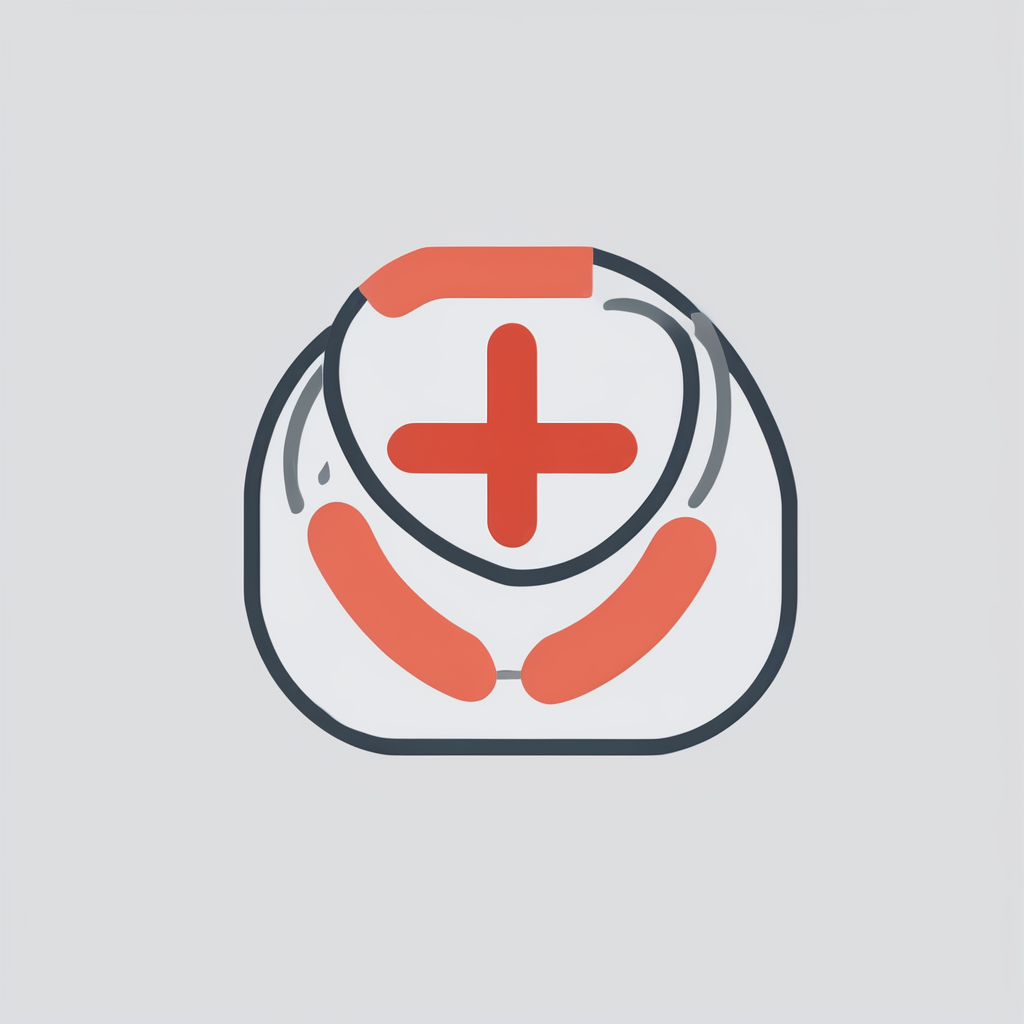Social media’s impact on health awareness in the UK
Social media’s impact on UK health awareness has grown remarkably, reshaping how people access and share health information. Major platforms like Twitter, Facebook, and Instagram serve as primary channels for health communication, enabling rapid dissemination of updates and advice to diverse audiences.
Early statistics highlight this trend vividly. For example, health campaigns on social media have reached millions across the UK, with engagement rates far surpassing traditional media. These platforms facilitate real-time conversations, allowing users to ask questions and receive support instantly, which enhances public understanding and proactive health behaviours.
This might interest you : How Can Mindfulness Practices Boost Your Overall Well-Being in the UK?
Moreover, the social media impact extends to addressing misinformation, as health authorities actively use these channels to correct falsehoods and promote evidence-based guidance. This dynamic interaction increases transparency and trust, key factors in effective health communication.
In sum, social media not only broadens the reach of health messages across the UK but also fosters a more interactive, informed, and health-conscious society. By continuing to leverage these platforms, the potential for enhanced public health awareness and improved outcomes remains significant.
Also read : What are the benefits of yoga in the UK wellness scene?
Positive contributions of social media to UK public health
Social media has become a powerful tool in advancing public health initiatives across the UK. One of the most significant impacts lies in enhancing health campaign success through widespread, real-time communication. Platforms like Twitter and Instagram enable health organizations to share evidence-based advice quickly, targeting diverse audiences effectively.
For example, campaigns focused on smoking cessation have leveraged social media to spread awareness about quitting resources. These campaigns use engaging visual content and personal testimonials, which increases reach and motivates behavioral change. Similarly, mental health awareness efforts have found a supportive space online, encouraging open conversations and reducing stigma.
Moreover, health education online benefits from interactive features such as live Q&A sessions, which boost the public’s understanding of complex health topics. Social media fosters better engagement with public health services, guiding users toward support tools and relevant medical advice. This dynamic interaction strengthens preventive care and supports healthier communities.
By integrating user feedback and adapting messages accordingly, social media campaigns continually refine their effectiveness, making them an indispensable component of modern UK health promotion strategies.
Challenges and risks of social media-driven health information
Social media platforms have become a primary source for health information, yet this surge presents significant risks, notably the spread of health misinformation. False or misleading health content can circulate rapidly, leading to confusion and harmful decisions. For instance, unverified claims about treatments or vaccines can erode public confidence and delay effective healthcare responses.
A key challenge lies in the varying levels of digital literacy among users. Many individuals lack the skills to critically evaluate online health information, increasing their susceptibility to inaccuracies. This gap highlights the urgent need to enhance digital health literacy, enabling users to discern credible content and protect their wellbeing.
Moreover, public trust in health content is fragile. Repeated exposure to conflicting messages undermines confidence in legitimate sources, complicating public health efforts. Maintaining transparency and clear communication from expert and official channels is crucial to rebuild trust.
Addressing these challenges requires a multifaceted approach, combining education, platform responsibility, and transparent communication. Improving digital literacy and combating health misinformation will be instrumental in safeguarding informed health decisions in the digital era.
Influence on different demographics
Health awareness varies significantly across age groups, with each demographic exhibiting distinct behaviors when accessing online content. Teens often turn to social media platforms, preferring quick, relatable information but face challenges distinguishing credible health advice. Adults tend to seek detailed and evidence-based content, balancing work and personal health needs. The elderly frequently encounter barriers such as limited digital literacy and less familiarity with online health tools, yet they show increasing interest in managing chronic conditions through reputable sources.
In the UK, demographic differences reveal disparities in access to reliable health resources. Urban populations, including younger and tech-savvy adults, generally have better connectivity and health literacy. In contrast, rural or older communities may lack reliable internet or find it harder to evaluate trustworthy content. These disparities contribute to inequalities in health awareness and outcomes.
Efforts to improve accessibility should focus on tailored health communication strategies for each group. For instance, simplified interfaces and trusted endorsements can boost the elderly’s confidence online, while interactive digital campaigns resonate more with youth. Understanding these demographic differences is crucial to enhancing overall health literacy in the UK.
Social media’s evolving role in official public health campaigns
Social media has become central to the NHS social media strategy and broader government health messaging, evolving from basic announcement tools to dynamic platforms for engagement and behaviour change. The NHS leverages prominent platforms like Twitter, Facebook, and Instagram to disseminate timely updates and counter misinformation, ensuring messages reach diverse communities efficiently.
The government health messaging often targets specific demographics through tailored content, using interactive features such as polls and live Q&A sessions to foster trust and encourage public participation. These tactics increase transparency while adapting to fast-changing circumstances, a crucial factor during health crises like the COVID-19 pandemic.
Real-world outcomes demonstrate significant benefits. Enhanced community reach has translated into increased vaccine uptake and greater awareness of preventative measures. Analytical tools track engagement metrics, allowing continuous refinement of outreach efforts, ensuring the campaigns remain relevant. By prioritising accessibility, official channels help overcome barriers, such as language or digital literacy, making health guidance more inclusive. This evolving role highlights social media’s power as a key extension of public health infrastructure rather than just a supplementary communication channel.
